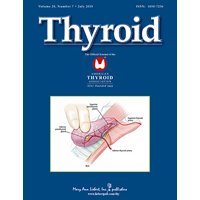Abstract
Current treatments for tumors expressing epidermal growth factor receptor (EGFR) include anti-EGFR monoclonal antibodies, often used in conjunction with the standard chemotherapy, radiation therapy, or other EGFR inhibitors. While monoclonal antibody treatment is efficacious in many patients, drawbacks include its high cost of treatment and side effects associated with multiple drug infusions. As an alternative to monoclonal antibody treatments, we have focused on peptide-based vaccination to trigger natural anti-tumor antibodies. Here, we demonstrate that peptides based on a region of the EGFR extracellular domain IV break immune tolerance to EGFR and elicit anti-tumor immunity. Mice immunized with isoforms of EGFR peptide p580–598 generated anti-EGFR antibody and T-cell responses. Iso-aspartyl (iso-Asp)-modified EGFR p580 immune sera inhibit in vitro growth of EGFR overexpressing human A431 tumor cells, as well as promote antibody-dependent cell-mediated cytotoxicity (ADCC). Antibodies induced by Asp and iso-Asp p580 bound homologous regions of the EGFR family members HER2 and HER3. EGFR p580 immune sera also inhibited the growth of the human tumor cell line MDA-MB-453 that expresses HER2 but not EGFR. Asp and iso-Asp EGFR p580 induced antibodies were also able to inhibit the in vivo growth of EGFR-expressing tumors. These data demonstrate that EGFR peptides from a region of the EGFR extracellular domain IV promote anti-tumor immunity, tumor cell killing, and antibodies that are cross reactive with ErbB family members.
https://ift.tt/2NQUvRo
